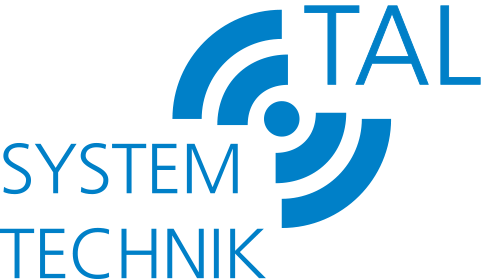The Role of Temperature and Humidity Monitoring in Data Center Management
Data centers play a crucial role in today’s digital world. They are responsible for housing and managing the vast amount of data generated and processed every day. With the increasing reliance on data centers, it becomes imperative to ensure their smooth and uninterrupted operation. One critical factor that can impact the performance of a data center is temperature and humidity.
Data centers are highly sensitive environments where the temperature and humidity levels need to be carefully controlled and maintained. The optimal operating temperature for a data center typically ranges between 18 to 27 degrees Celsius (64 to 80 degrees Fahrenheit), with a humidity level between 40% to 60%. Any deviation from these levels can have severe consequences for the equipment housed within.
High temperatures can lead to overheating of servers and other critical infrastructure, resulting in reduced performance and potential equipment failures. On the other hand, low temperatures can cause condensation, leading to moisture-related issues such as corrosion and electrical shorts. Similarly, excessive humidity can promote the growth of mold and fungi, posing a threat to both the equipment and the health of data center personnel.
To mitigate these risks, temperature and humidity monitoring systems are employed in data centers. These systems utilize sensors and monitoring devices to constantly measure and record the temperature and humidity levels within the facility. The data collected is then analyzed and alerts are triggered if any deviations from the defined thresholds are detected.
One essential component in ensuring proper temperature management is the use of hitzebeständige Abgasschläuche, or heat-resistant exhaust hoses. These hoses are designed to withstand high temperatures and effectively remove hot air generated by the servers and other equipment. By efficiently expelling hot air, the heat load on the data center’s cooling systems is reduced, helping to maintain a stable and optimal operating temperature.
Furthermore, temperature and humidity monitoring systems enable data center managers to identify potential issues and take preventive measures before they escalate into critical problems. For instance, if a temperature increase is detected in a specific area of the data center, it may indicate a cooling system malfunction or the need for additional airflow. Prompt action can then be taken to rectify the situation and prevent any adverse effects.
In conclusion, temperature and humidity monitoring systems, along with the use of heat-resistant exhaust hoses, play a vital role in data center management. Maintaining appropriate temperature and humidity levels within data centers is crucial for optimal performance and the prevention of equipment failures. By investing in these monitoring systems and utilizing heat-resistant exhaust hoses, data center operators can ensure the smooth and uninterrupted operation of their facilities, minimizing downtime and maximizing efficiency.
************
Want to get more details?
TAL Systemtechnik GmbH
https://www.tal-systemtechnik.de/
+49 7731 68405
Byk-Gulden-Straße 36, 78224 Singen
TAL Systemtechnik GmbH – Wir produzieren und liefern Ihnen konfektionierte Dämmstoffe nach Maß, Akustische Dämmung zur Schallisolierung, den TL flexibler Abgasschlauch hitzebeständig und diverse Schallschutzvorhänge für die Industrie.

